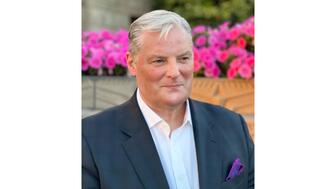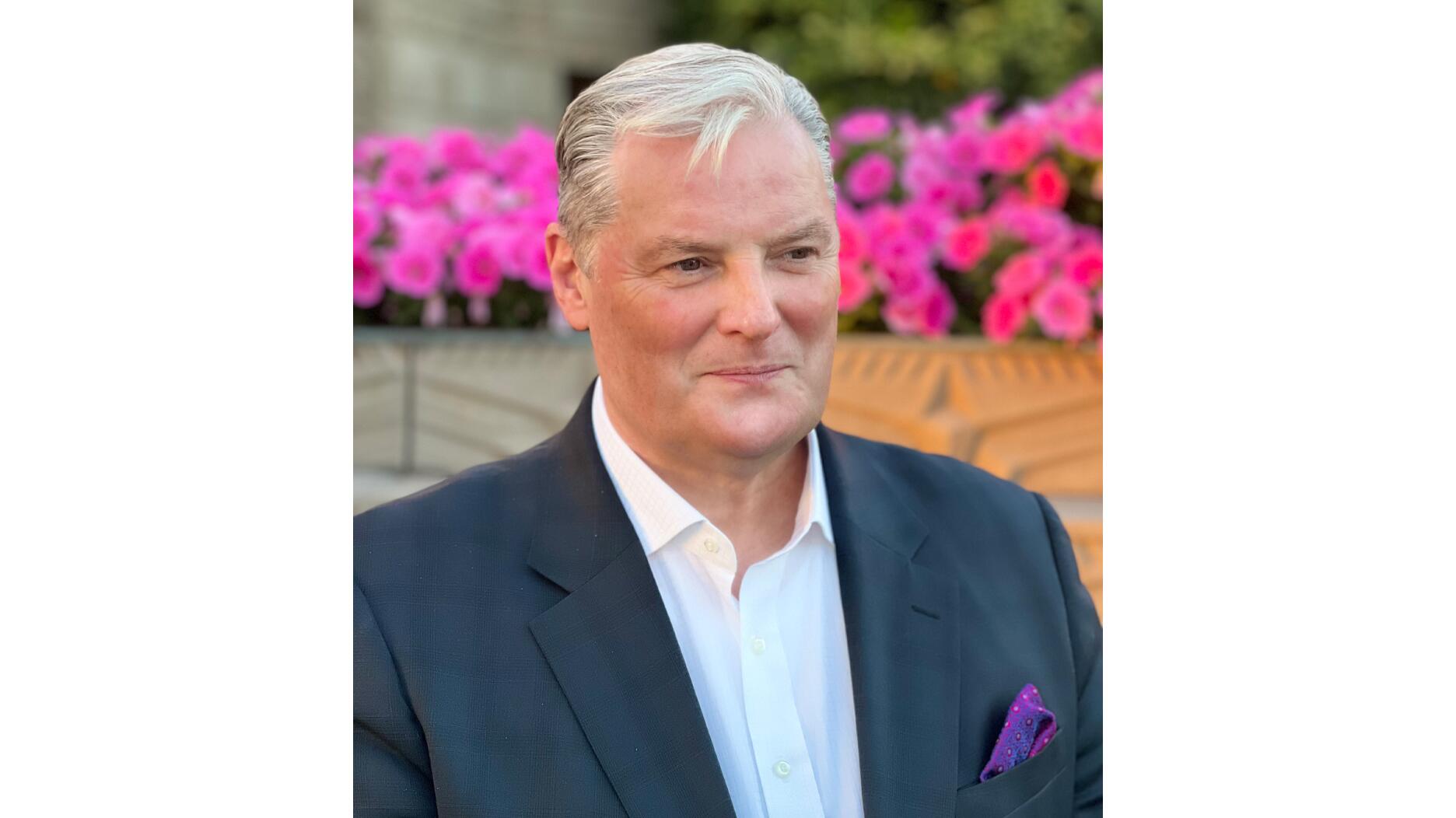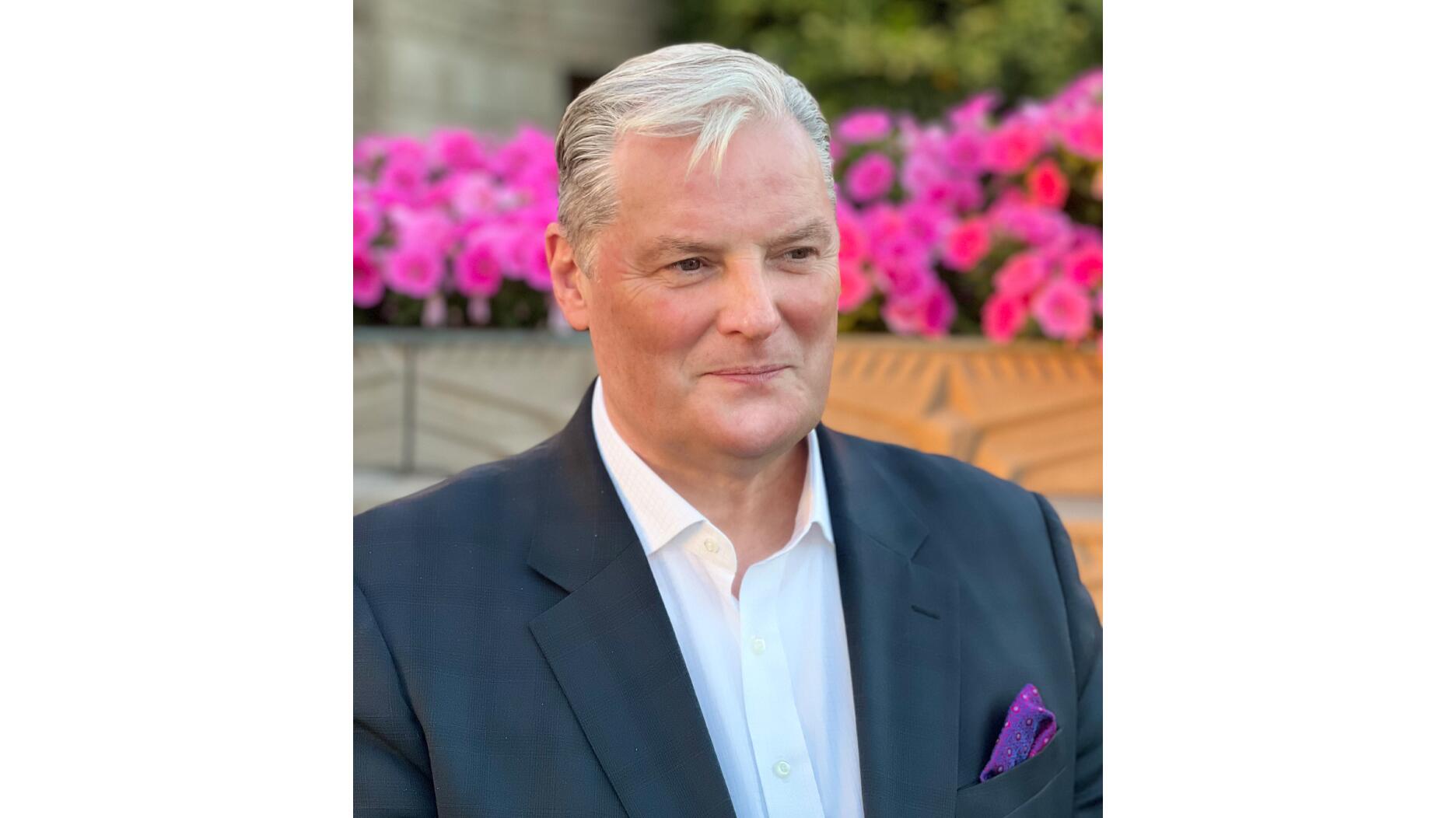Squirrel Spotting: The Art and Science of Customer Budgets
Peter Smith says customer budgets are rarely a true indicator of what they are willing to, or likely will, spend.

One of the questions we asked related to customers’ budgets. Specifically, we wanted to know how budgets came up in conversation and how often they were adhered to.
In short, we learned budgets are usually arrived at organically—as opposed to a customer being asked specifically—and once established, were rarely, if ever, adhered to.
As one salesperson said, “Once you get them emotionally engaged, price doesn’t matter.”
When I asked another top salesperson how often she exceeded the customer’s budget, she replied, “Every single time.”
If I didn’t already know these salespeople as top performers, I might have suspected a little self-congratulatory hyperbole afoot.
However, there was no doubting their pedigrees, and even if they engaged in some subtle rounding of the sharp edges (I mean, surpassing the budget every single time!), the pattern of exceeding budget was consistent across virtually all interviewees.
Naysayers might argue those salespeople are engaging in predatory practices, that they are cajoling and coercing their customers into spending more than they want to. Alas, the science suggests otherwise.
Whether it is offered or uncovered during the sales process, the budget is a function of a cognitive process; cool, calculated, and sober.
It lacks context beyond the most basic measures, and it is rarely indictive of what the customer is willing to spend, or likely will spend, unless they are underserved by a salesperson.
To a great extent, a customer’s budget expands commensurate with the level of their emotional engagement with the salesperson. It’s as if the customer is saying, “Here’s my budget, but feel free to inspire me.”
In “Handbook on the Psychology of Pricing,” Dr. Markus Husemann-Kopetzky wrote, “Higher prices induce consumers to perceive product quality as better during actual consumption.”
There have been numerous studies over the years, across myriad product categories, to support Husemann-Kopetzky’s hypothesis.
As one of the bridal interviewees suggested, “Customers want to be guided.”
The salesperson who uttered that beautifully uncomplicated, yet profound, opinion might have said, “Customers want to be guided by a competent salesperson, interested in delighting her customers, and inspiring them to higher ambition, and who recognizes the budget for what it is, arbitrary and devoid of context.”
Even the most jaded observers might concede the best salespeople have a way of working their way into the emotional fabric of their customer’s stories and, as such, succeed in influencing their buying behavior.
A Gallup study some years back concluded that emotionally engaged customers deliver a 23 percent premium over average customers. We see that reality play out consistently, thanks to top salespeople.
In “Brainfluence: 100 Ways to Persuade and Convince Consumers With Neuromarketing,” Roger Dooley wrote: “On one hand, we know that the pain of paying kicks in when people perceive that a product is overpriced and makes people less likely to make a purchase.
“But now we have multiple studies showing that people enjoy a product more when they pay more for it.”
The hypothesis naturally assumes that the product is, in fact, better quality, and that customers are not being asked to overpay for mediocre or subpar jewelry.
A wonderful vehicle to help increase sales is utilizing a combination of two principles: the paradox of choice and the contrast or anchoring principle.
Anchoring works by having three distinct price points within those three options.
One option should be at the stated budget, a second option should be twice the budget, and a third should be right between those two anchors.
Customers select the second option more than 60 percent of the time. In its most simplistic form, that is a 50 percent premium over the budget.
Accepting the customer’s budget as fact underserves the business and places unnecessary limitations on the customer’s ability and willingness to reach when they are moved to do so.
It also misses the underlying psychology of the joy customers experience when making an important purchase, the regret avoidance (not having to second guess the purchase) that comes with doing the right thing, and the added pleasure and enjoyment customers derive from buying exceptional quality.
When the perfumer Ernest Beaux warned Coco Chanel the amount of jasmine he was including in what became Chanel No. 5 would make the fragrance fabulously expensive, the soon-to-be fragrance and fashion icon responded, “In that case, add even more.”
I wonder how that worked out!
The Latest
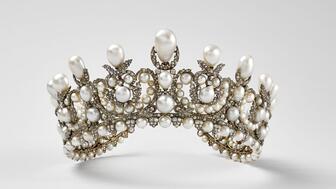
The man, who has a criminal history, is suspected of being the fourth member of the four-man crew that carried out the heist.
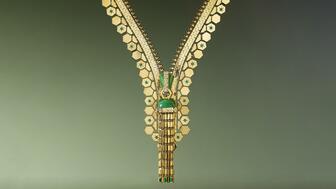
The single-owner collection includes one of the largest offerings of Verdura jewels ever to appear at auction, said Christie’s.
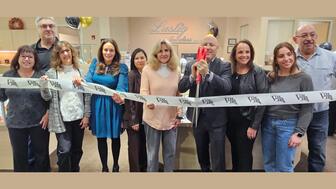
Michael Helfer has taken the reins, bringing together two historic Chicago jewelry names.

How Jewelers of America’s 20 Under 40 are leading to ensure a brighter future for the jewelry industry.
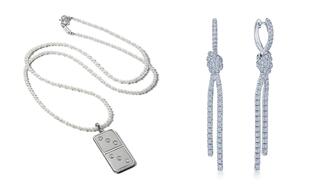
The guide features all-new platinum designs for the holiday season by brands like Harwell Godfrey, Ritani, and Suna.

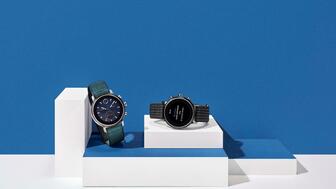
During its Q3 call, CEO Efraim Grinberg discussed the deal to lower tariffs on Swiss-made watches, watch market trends, and more.
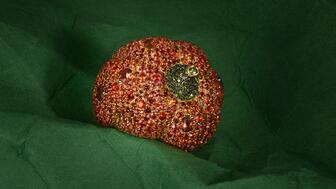
Rosior’s high jewelry cocktail ring with orange sapphires and green diamonds is the perfect Thanksgiving accessory.

Roseco’s 704-page catalog showcases new lab-grown diamonds, findings, tools & more—available in print or interactive digital editions.

The “Embrace Your True Colors” campaign features jewels with a vibrant color palette and poetry by Grammy-nominated artist Aja Monet.
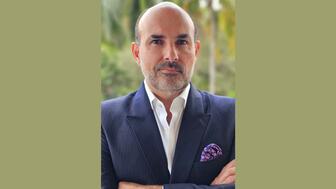
Luxury veteran Alejandro Cuellar has stepped into the role at the Italian fine jewelry brand.

The company gave awards to four students at the Namibia University of Science & Technology, including one who is a Grandview Klein employee.
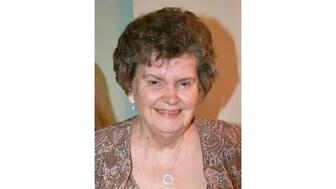
She is remembered as an artist who loved her craft and was devoted to her faith, her friends, and her family.
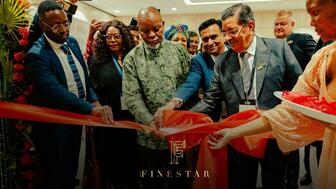
It joins the company’s other manufacturing facilities globally, including in India, Botswana, and Namibia.
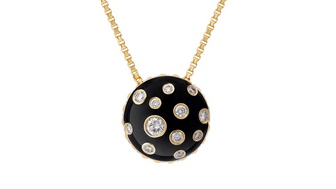
The polka dot pattern transcends time and has re-emerged as a trend in jewelry through round-shaped gemstones.

Vanessa Hickman, 49, allegedly sold a diamond bracelet that was mistakenly sent to her home.
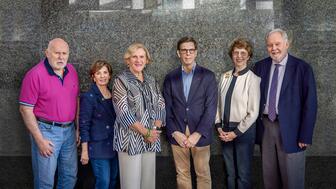
GIA’s former president and CEO was presented with the Richard T. Liddicoat Award for Distinguished Achievement.
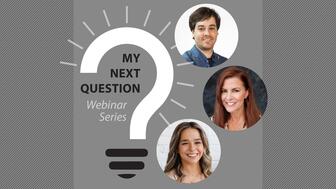
Social media experts spoke about protecting brand reputation through behaving mindfully online.

In 2026, the three will come together as “House of Brands,” with Gallet sold in Breitling stores and Universal Genève sold separately.
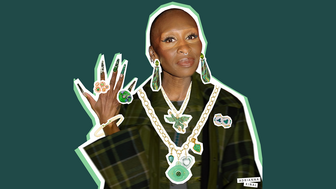
The second drop, which includes more Elphaba-inspired pieces from additional designers, will continue to benefit nonprofit Dreams of Hope.
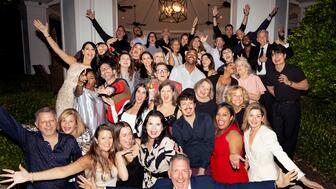
Second-generation jeweler Sean Dunn has taken on the role.

Amber Pepper’s main focus will be on digital innovation and engaging younger consumers.

Called “Origin by De Beers Group,” the loose, polished diamonds are being sold in a total of 30 stores in the United States and Canada.
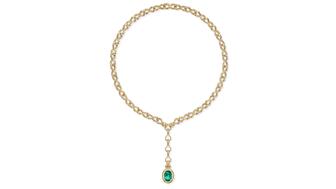
The lariat necklace features a 4.88-carat oval-cut Zambian emerald in 18-karat yellow gold.
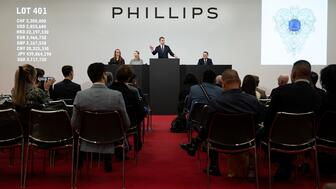
A 43-carat sapphire brooch from the Vanderbilt collection was the top lot of the Geneva sale.
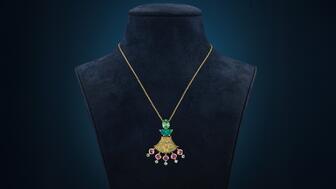
Rau is a fourth-generation art and antique dealer from M.S. Rau gallery whose first jewelry collection merges artifacts with modern design.
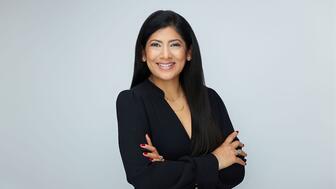
Former De Beers sustainability leader Purvi Shah will take over the role in February 2026.
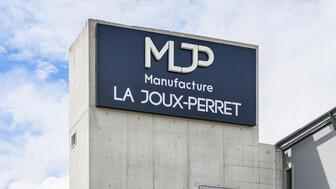
La Joux-Perret is based in La Chaux-de-Fonds, Switzerland, and makes solar quartz as well as mechanical watch movements.





